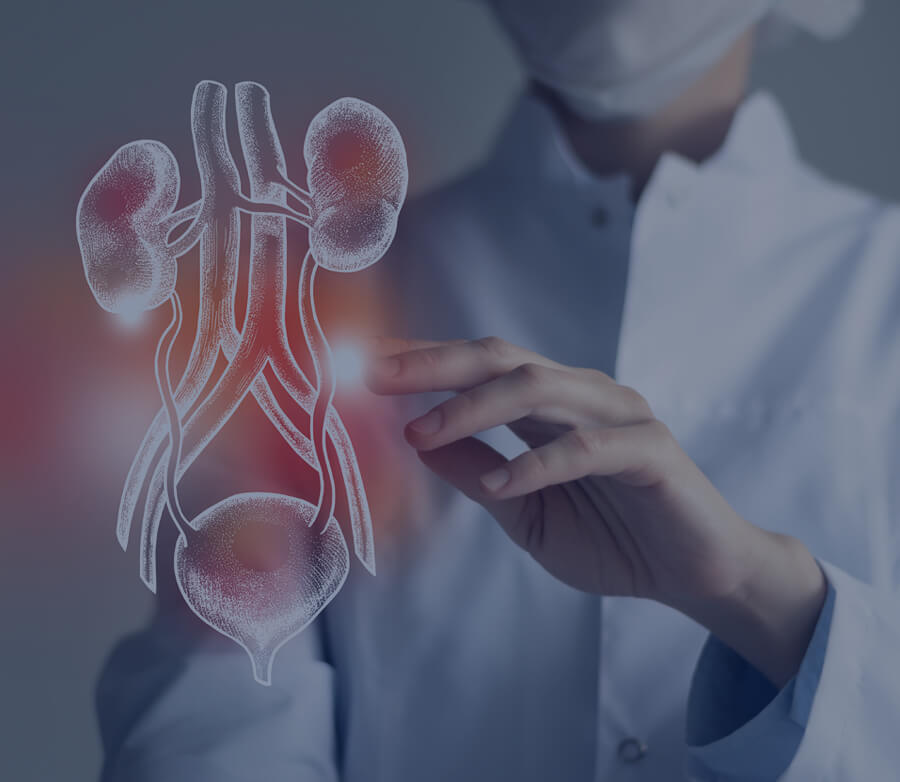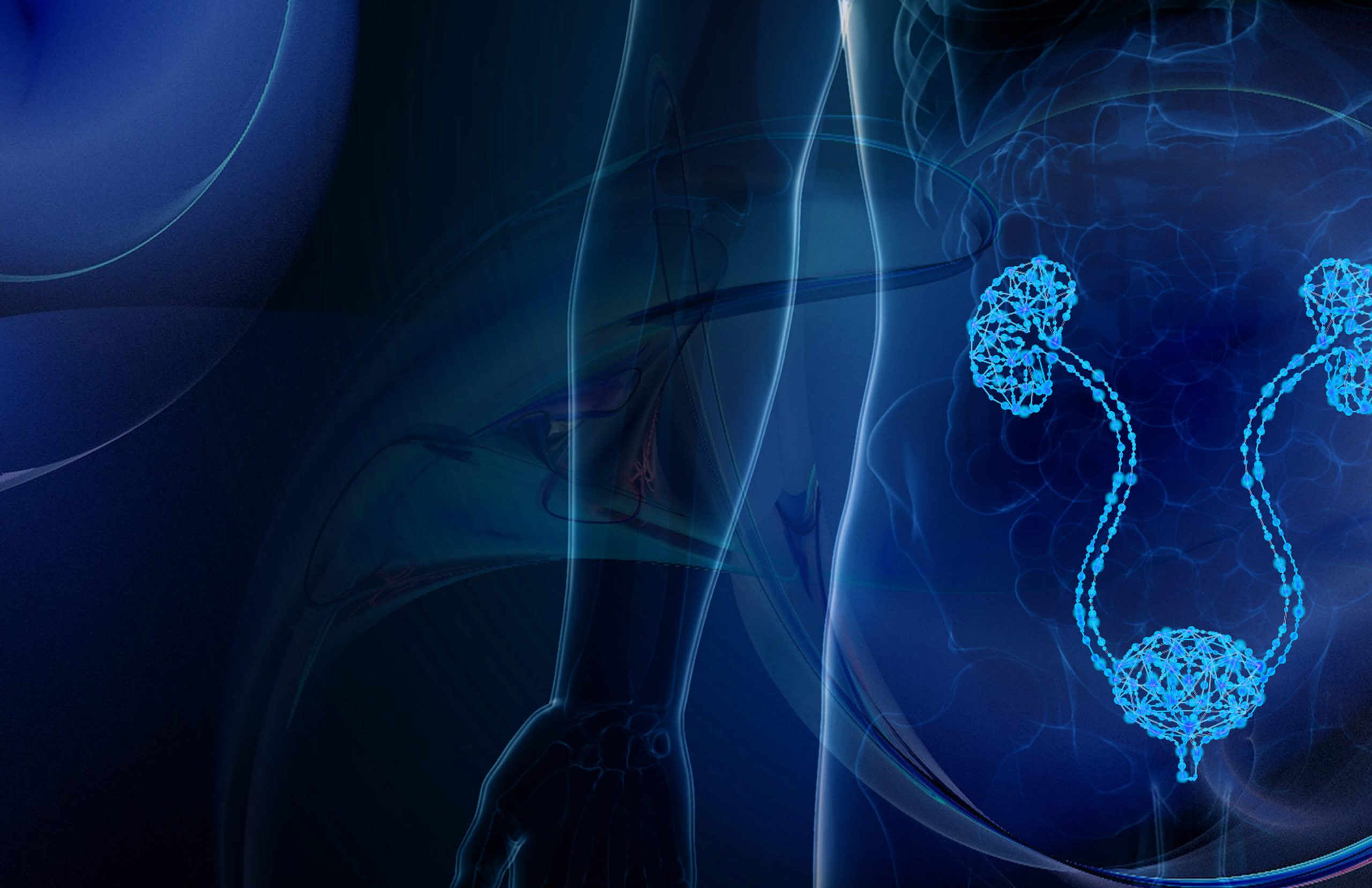
An Overview of BPS Diagnosis
Current guidelines do not agree on the exact method for diagnosing Bladder Pain Syndrome.
The information presented below is a general approach to a BPS diagnosis1


A careful history should be taken to elicit symptoms that indicate a BPS diagnosis and to identify any that may indicate an alternate condition

Physical examination should look to exclude any disease that could mimic BPS

Laboratory investigations should be targeted at other possible diagnoses (e.g. urinary tract infection)

A baseline pain score and of other BPS symptoms should be undertaken prior to treatment so that effects can be measured

Cystoscopy should be performed to exclude other diagnoses, and as an aid to classification

The Differential Diagnosis of BPS
The following is a list of conditions that can mimic BPS2. This list is not exhaustive.
Cancer, including of bladder, prostate, cervix, uterus and ovaries
Neurogenic conditions, such as overactive bladder and pudendal nerve entrapment
Urinary tract infection, including of less common organisms such as M. tuberculosis
Disorders of the prostate, including benign prostatic obstruction and prostatitis
Outflow obstruction, including bladder neck obstruction, neurogenic outlet obstruction and stones
Urogenital tract disorders, such as prolapse
Damage to the bladder wall, for example by radiation or chemotherapy

Interested in finding out more about the management of BPS?
Please explore our Video and Podcast libraries for expert insight and advice.
1. Hanno PM, Erickson D, Moldwin R et al: Diagnosis and treatment of interstitial cystitis/bladder pain syndrome: AUA guideline amendment. J Urol 2015; 193: 1545.
2. van de Merwe JP, Nordling J, Bouchelouche P, et al. Diagnostic Criteria, Classification, and Nomenclature for Painful Bladder Syndrome/Interstitial Cystitis: An ESSIC Proposal. Eur Urol 2008;53:60-7
Date of preparation: April 2024 | UK-URO-146b(1)

